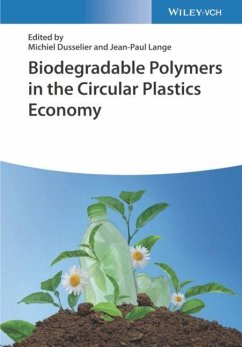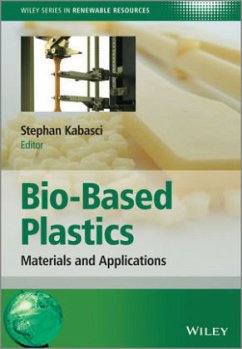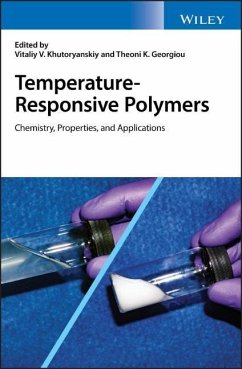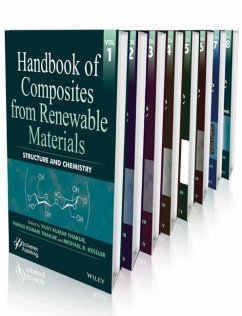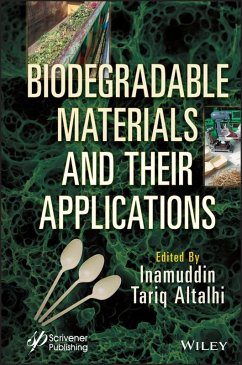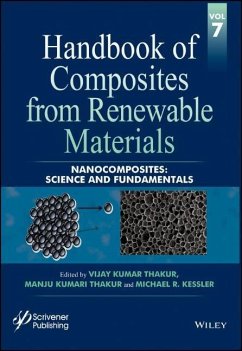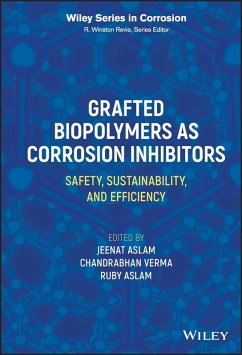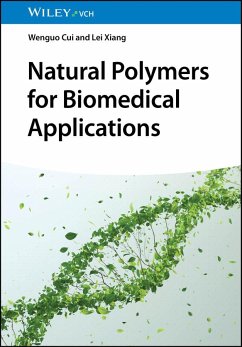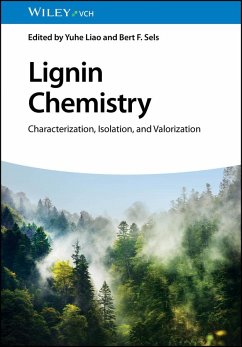
Polysaccharides
Properties and Applications
Herausgegeben: Inamuddin; Ahamed, Mohd Imran; Boddula, Rajender; Altalhi, Tariq
Versandkostenfrei!
Versandfertig in über 4 Wochen
266,99 €
inkl. MwSt.
Weitere Ausgaben:

PAYBACK Punkte
133 °P sammeln!
In diesem Werk werden Polysaccharide unter sämtlichen Aspekten betrachtet, von den Grundkonzepten bis zur kommerziellen Vermarktung. Thema der einzelnen Kapitel sind die verschiedenen Arten von Quellen, die Klassifikation, Eigenschaften, Charakterisierung, Verarbeitung, Rheologie und Herstellung von Materialien auf Grundlage von Polysacchariden sowie von Polysaccharid-Gemischen und -Gelen. Anwendung finden Polysaccharide u. a. in der Kosmetik, der Lebensmittelwissenschaft, der Medikamentenverabreichung, der Biomedizin, der Biokraftstoffproduktion, der Schifffahrt, im Verpackungswesen, in der ...
In diesem Werk werden Polysaccharide unter sämtlichen Aspekten betrachtet, von den Grundkonzepten bis zur kommerziellen Vermarktung. Thema der einzelnen Kapitel sind die verschiedenen Arten von Quellen, die Klassifikation, Eigenschaften, Charakterisierung, Verarbeitung, Rheologie und Herstellung von Materialien auf Grundlage von Polysacchariden sowie von Polysaccharid-Gemischen und -Gelen. Anwendung finden Polysaccharide u. a. in der Kosmetik, der Lebensmittelwissenschaft, der Medikamentenverabreichung, der Biomedizin, der Biokraftstoffproduktion, der Schifffahrt, im Verpackungswesen, in der Chromatographie und der Umweltsanierung. Darüber hinaus vermittelt das Werk einen Überblick über die Herstellung von anorganischen und Kohlenstoff-Nanomaterialien aus Polysacchariden. Mit der Betrachtung industrieller Anwendungen schließt das Buch die Lücke zwischen der Forschungsarbeit im Labor und wirtschaftlich nutzbaren Anwendungen in entsprechenden Unternehmen.




